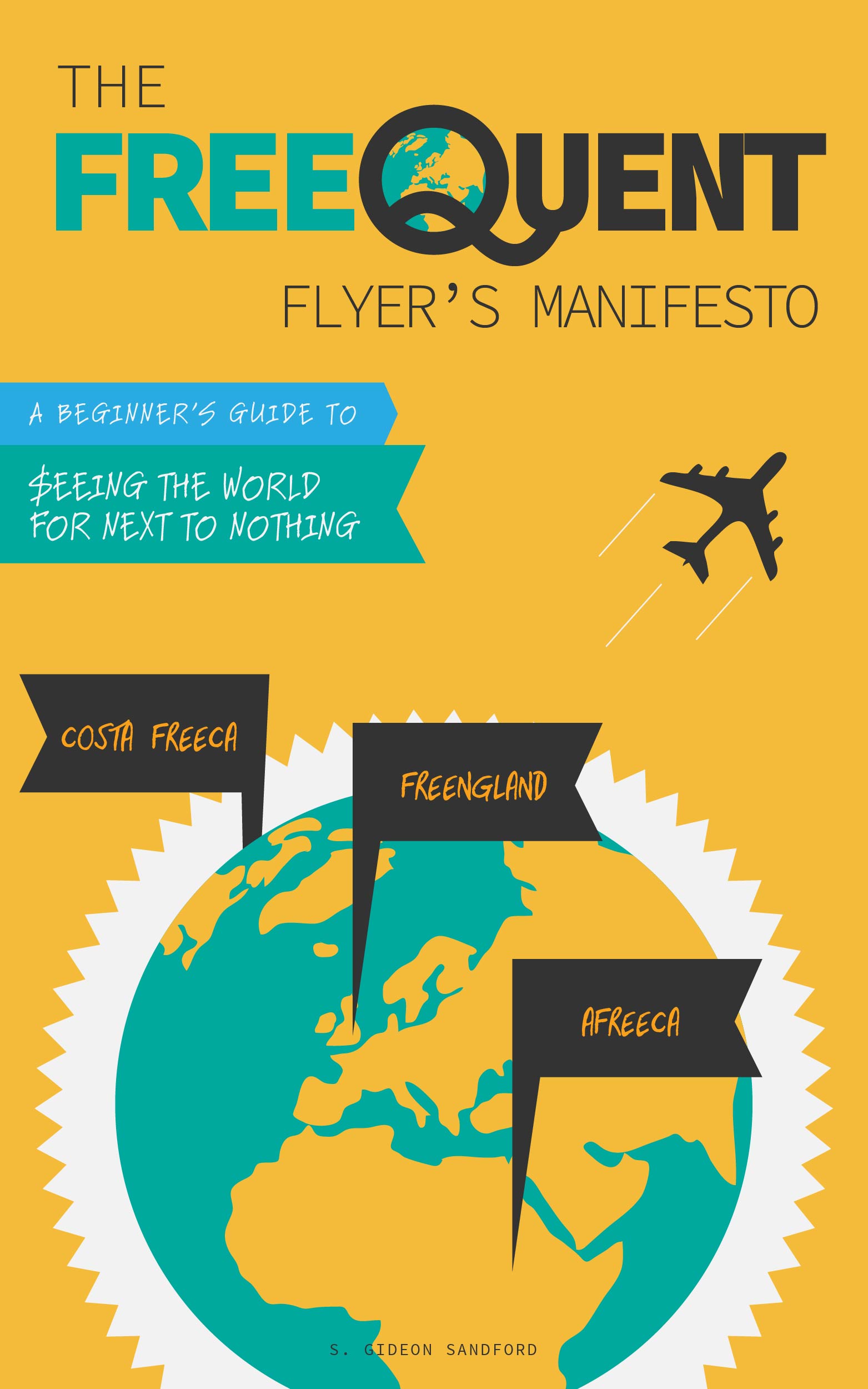An unusually auspicious week for an application cycle
/The travel blogosphere erupted this week with word of Chase's increased signup bonuses for their Ink line of small business charge and credit cards. While I'm extremely conservative in the pacing of my credit card applications, and it's been less than 90 days since my last application cycle, I have been eyeing the Ink Bold ever since I discovered Vanilla Reload Network reload cards could be purchased at my local 7-11 store locations, which are coded as "gas stations" by the Visa supplier network and therefore earn 2 Ultimate Rewards points per dollar when purchased with a Chase Ink card.
If you are due for an application cycle, this week became an even more lucrative window of opportunity with the announcement of enhanced signup bonuses for the Delta Business Platinum American Express. As regular readers know, I signed up for this card back in April with a much lower signup bonus. I use this card to "mileage run from home," earning 20,000 valuable MQM per year and 1.4 SkyMiles per dollar when I spend exactly $50,000 per year on the card.
The new, higher signup bonus, which is supposedly good until July 7, 2013, is for 25,000 bonus SkyMiles and 5,000 MQM after your first purchase, and an additional 30,000 SkyMiles and 15,000 MQM after spending $5,000 on the card within 3 months of card membership.
In other words, this week is a remarkably auspicious time to apply for these two small business credit cards, if you have good credit and haven't applied for credit in the last 90 days: I think it's unlikely that two offers this good will come along again this year.


